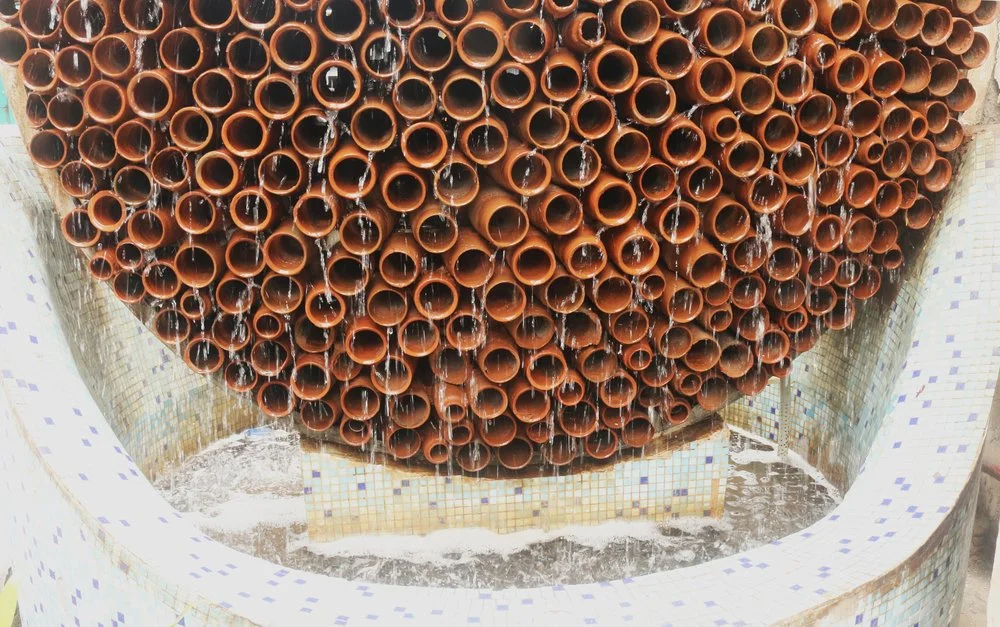You should have a cool house without using electricity or harming the environment. In India, engineer Professor Manish Siripurapu has made this dream a reality with his innovative technique using earth and water. Instead of relying on fans or modern devices, Professor Siripurapu’s method harnesses the power of basic materials like soil. By combining earth and water, he has created a natural air conditioning system called “Cooland.”

The concept behind Cooland is inspired by the traditional method of cooling water in clay pots. Air enters through ducts where it interacts with the cool water, naturally lowering the room temperature. Remarkably, Cooland is capable of reducing the air temperature by at least 6 degrees Celsius without emitting any carbon. This eco-friendly technology has garnered recognition from the United Nations, and efforts are underway to deploy it commercially.
One might wonder why Professor Siripurapu chose to use terracotta for his invention. The answer lies in the material’s accessibility and sustainability. Clay is readily available and can be utilized by anyone, making it an ideal choice for widespread adoption.
Moreover, terracotta systems have the added benefit of reducing carbon emissions to zero, aligning perfectly with global efforts to combat climate change. In a world where modern technologies often come with environmental drawbacks, embracing solutions like Cooland offers a promising alternative.
As the next generation becomes increasingly familiar with innovative technologies, it’s crucial to prioritize those that are not only efficient but also environmentally friendly. By embracing the technology developed by this Indian engineer, we can take significant strides toward a greener future.
